
The Night Watch: Rembrandt - Curator-Artist's Definitive Guide
Explore Rembrandt's 'The Night Watch' with a curator-artist's definitive guide. Uncover its revolutionary techniques, deep symbolism, Golden Age context, and enduring legacy.
The Night Watch: Unveiling Rembrandt's Masterpiece Through a Curator-Artist's Definitive Lens
To stand before Rembrandt van Rijn's "The Night Watch" is to confront not just a painting, but a living historical document, a technical marvel, and a profound statement on humanity itself. It is a work that transcends its initial commission, growing in meaning and impact across centuries. As a curator deeply immersed in art history and an artist grappling with composition and storytelling, I find myself continually drawn to its immense narrative, its sheer audacity, and the enduring questions it poses. When truly seen, it’s not merely paint on canvas; it’s a vibrant slice of 17th-century life, a moment frozen in time that continues to breathe with unparalleled energy. The true depth of its meaning extends far beyond the surface, and it is precisely this multifaceted significance—how Rembrandt’s unparalleled genius, the rich historical tapestry of the Dutch Golden Age, and his revolutionary techniques combine—that I aim to explore. Consider this your definitive, artist-guided journey into one of the world's greatest paintings.
My first profound encounter with this monumental work, as is often the case, took place in the hallowed, bustling halls of the Rijksmuseum in Amsterdam. Despite having studied countless reproductions and absorbed volumes of art history, nothing truly prepares you for its sheer scale, the theatrical drama, and the raw, unadulterated life that emanates from that canvas. It feels less like observing a painting and more like stepping directly into a moment of bustling civic life, complete with the implied sounds of weapons being prepared and the murmur of anticipation. It truly is an immersive experience, and for those planning a visit, a first-timers guide to the Rijksmuseum can enhance your immersion.
Key Facts About The Night Watch at a Glance
To lay the groundwork for our deeper exploration, here’s an overview of some essential details about this magnificent work:
Feature | Detail |
|---|---|
| Artist | Rembrandt van Rijn |
| Year Created | 1642 |
| Original Commission | Captain Frans Banninck Cocq and 17 members of his civic militia guard (Kloveniers), totaling 18 individuals. |
| Original Location | Kloveniersdoelen (headquarters of the civic guard in Amsterdam) |
| Current Location | Rijksmuseum, Amsterdam, Netherlands |
| Original Dimensions | Approximately 4.0 meters (13 feet) high by 5.0 meters (16 feet) wide (before being trimmed in 1715), with an original aspect ratio closer to a square. |
| Current Dimensions | Approximately 3.79 meters (12 feet 4 inches) high by 4.53 meters (14 feet 10 inches) wide |
| Key Themes | Civic pride, collective identity, self-governance, communal responsibility, dynamism, narrative storytelling, Dutch Golden Age prosperity, national identity, individual agency within collective action, civic duty as self-expression |
| Revolutionary Aspects | Dynamic composition, dramatic chiaroscuro and tenebrism, narrative storytelling in a group portrait, treatment of individual and collective, psychological depth, varied brushwork, challenging artistic norms, masterly use of foreshortening, atmospheric perspective, and illusion of depth |
The Grand Narrative: A Group Portrait, Revolutionized
At its core, "The Night Watch" functions as a group portrait, a genre deeply embedded in the artistic and social fabric of the Dutch Golden Age. Commissioned in 1642 by Captain Frans Banninck Cocq and 17 members of his civic militia guard—the Kloveniers (arquebusiers), comprising 18 individuals in total—it was intended for prominent display in the Kloveniersdoelen, the headquarters of Amsterdam's civic guard. This practice was not merely about prestige; it was a powerful visual declaration of unity, self-governance, and collective contribution to societal stability and prosperity. During this period, the Netherlands experienced unprecedented economic growth, driven by global trade, the rise of powerful entities like the Dutch East India Company (VOC), sophisticated banking, and a burgeoning insurance sector. This prosperity fostered a thriving merchant class, who, alongside civic groups, fueled an extraordinary demand for art. Rembrandt, however, did not simply fulfill the commission; he transcended it, fundamentally revolutionizing the very concept of portraiture itself. For those keen to delve deeper into the mind behind this, my ultimate guide to Rembrandt van Rijn is an authoritative resource.
The Golden Age & The Kloveniers: A Canvas of Prosperity and Guardians
The Dutch Golden Age (roughly the 17th century) was an epoch of unparalleled economic prowess, scientific discovery, and cultural efflorescence in the Netherlands. Amsterdam, in particular, became a dynamic hub of innovation, freedom, and civic pride. Its bustling ports and burgeoning economy provided fertile ground for artistic patronage, creating a demand for art on an entirely new scale. The Kloveniersdoelen—the civic guard's headquarters—was more than just an administrative building; it was a grand, impressive structure often housing meeting rooms, banqueting halls, and a shooting range, serving as a vital social and administrative center. Paintings like "The Night Watch" were thus powerful visual affirmations of collective identity, shared achievement, and, crucially, the city's robust self-reliance in a complex and often tumultuous world.

These Kloveniers, or civic guards, were not professional soldiers. They were wealthy merchants, skilled artisans, and prominent citizens who volunteered their time to uphold civic order, respond to emergencies like fires, and defend the prospering city. Their role was indispensable in an era defined by expanding trade and growing prosperity, embodying the city's self-governance and the collective responsibility of its citizenry. Commissions for such group portraits were often meticulously organized, with each contributing member paying a sum to be included. One can only imagine the lively debates, perhaps even subtle jockeying for position, among the patrons concerning their placement within the composition. From an artist's perspective, balancing such a demanding artistic vision with the very human desire of each patron to be seen and recognized must have presented a significant challenge. This intense civic pride and collective identity defined Amsterdam at its zenith, a city thriving on trade and artistic patronage, laying the groundwork for a burgeoning sense of national Dutch identity.
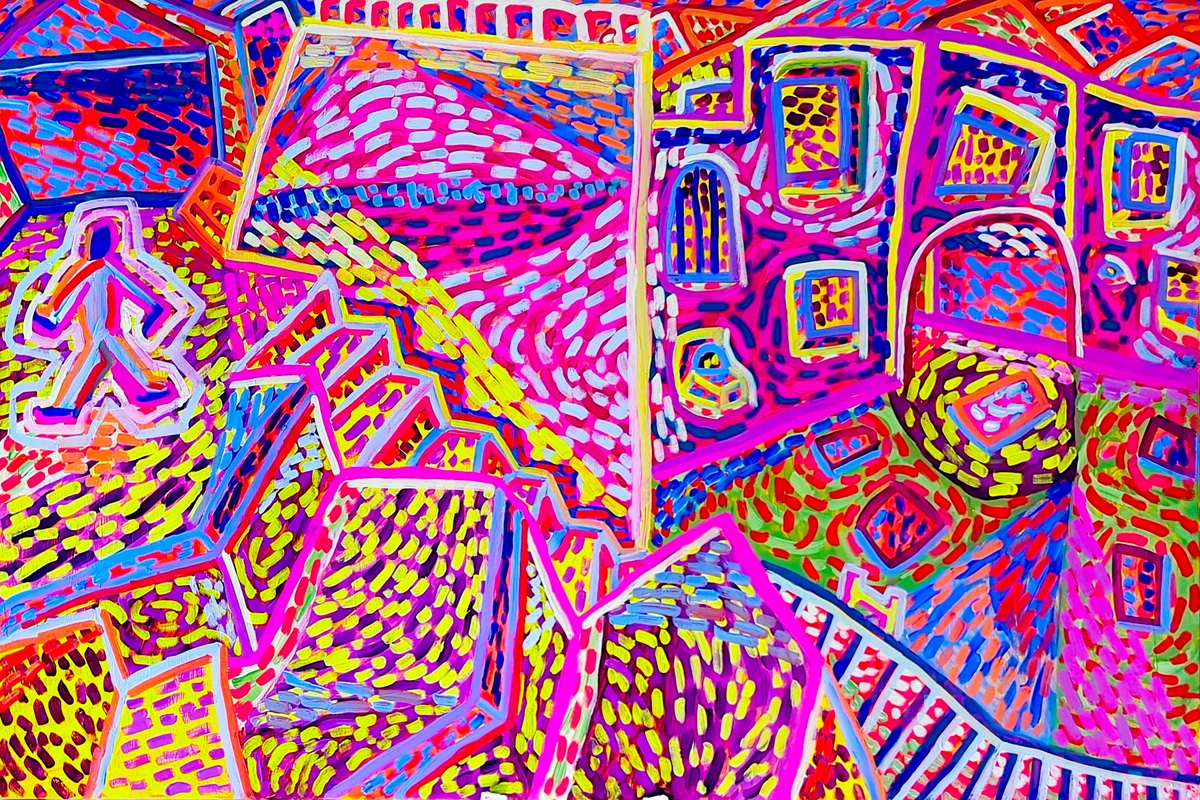
Rembrandt's Revolution: Beyond the Static Group Portrait
Here lies the crux of Rembrandt’s profound impact and the reason this painting holds such paramount importance. Most group portraits of the era were, to put it plainly, quite static. They often presented rows of faces, politely posed, each vying for equal prominence – essentially, a glorified lineup that could feel somewhat dispassionate, almost akin to a civic mugshot. Rembrandt, a visionary and arguably a brilliant psychologist, cast aside these conventions. He fundamentally revolutionized portraiture by transforming a mere record into a dramatic, unfolding event.
Instead of a static tableau, Rembrandt delivered a dynamic, action-packed scene. He did not merely paint individuals; he captured a vibrant moment, a compelling narrative that feels undeniably alive. This was not a mere collection of faces; it was a story unfolding, a dramatic event in motion, a masterclass in visual storytelling. Each figure is actively engaged: some interact with the viewer, others converse, some are depicted mid-stride. We observe musketeers loading weapons, banners flying, and a drummer caught mid-beat, creating an implied soundscape. It is less a traditional portrait and more a grand history painting—but one populated by real people, captured in a dramatic, bustling instant. This radical departure made "The Night Watch" groundbreaking. As an abstract artist, this dynamism and narrative-in-motion are a constant source of inspiration. I strive to evoke movement and an unfolding story in my own pieces, not through figures, but through the interplay of bold color, layered texture, and implied lines, guiding the viewer's eye on a visual journey, much as Rembrandt guides us through this vibrant scene.
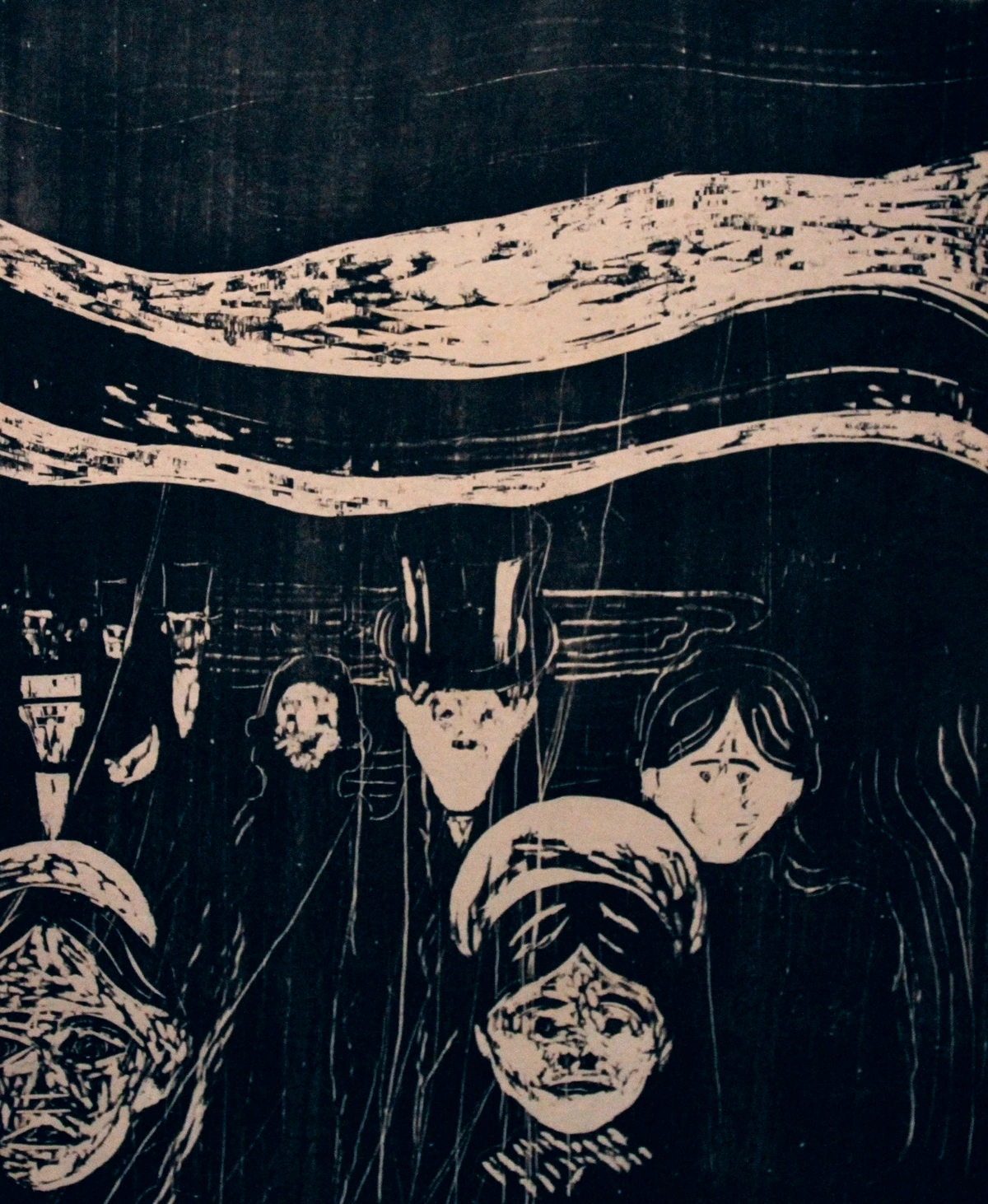
The Dynamic Chaos: Unpacking Rembrandt's Masterful Composition and Technique
From an artist's analytical perspective, the profound genius of "The Night Watch" resides in how Rembrandt leverages every artistic tool—light, shadow, composition, and brushwork—to convey its deep meaning. He is not merely documenting; he is orchestrating a visual symphony, meticulously guiding the viewer's eye across the canvas with a deliberate, almost theatrical flair. It stands as a masterclass in understanding balance in art composition.
Light and Shadow: The Chiaroscuro & Tenebrism Magic
Rembrandt was an undisputed master of chiaroscuro, the dramatic interplay of light and shadow, and a frequent practitioner of tenebrism, a heightened and often more intense form of it. Tenebrism, in essence, plunges much of the composition into deep, almost impenetrable shadow, causing a few key elements or figures to emerge dramatically into intense light, as if illuminated by a powerful, unseen spotlight. This technique, which found its origins with artists like Caravaggio in the late 16th century, was revolutionary for its raw, unfiltered drama, often employed to create intense psychological states or convey divine revelations. While Caravaggio frequently utilized it for stark religious narratives or brutal genre scenes, Rembrandt masterfully adapted it here to imbue a civic group portrait with profound theatricality and narrative depth, elevating it beyond mere representation.
"The Night Watch" is a testament to this technique used to absolute perfection. The painting's popular title, "The Night Watch," is a centuries-old misnomer, largely due to the accumulation of grime and darkened varnish before its extensive cleanings and restorations in the 20th century. It is, in fact, a daytime scene—a revelation that profoundly reshaped art historical understanding and my own perception when I first learned of it. This historical darkening inadvertently contributed significantly to its misleading, yet memorable, title.
However, even in its original, vibrant state, the dramatic lighting was meticulously intentional. Rembrandt masterfully employs this contrast to create a powerful sense of depth and, crucially, to direct the viewer's eye to the two central figures: Captain Frans Banninck Cocq, in his dark coat with a striking red sash, and his lieutenant, Willem van Ruytenburch, in a brilliant, almost luminous, yellow uniform. These figures, bathed in what feels like a theatrical spotlight, dynamically lead the company forward, quite literally emerging from the shadows and into the viewer's space. This serves as a powerful metaphor for leadership, emergence, and the vital role of these civic guards in illuminating and protecting their city. It truly speaks to how artists use color in the most impactful ways. As an artist, I am perpetually fascinated by how Rembrandt sculpts faces from the surrounding darkness; it feels inherently human, vulnerable, mirroring our own journeys of navigating challenges and emerging from our personal 'shadows' into moments of clarity. In my abstract work, I consciously strive for a similar effect, using stark color contrasts and layered textures to create focal points that 'emerge' from the canvas, compelling the viewer's eye and imbuing the piece with a dynamic presence.
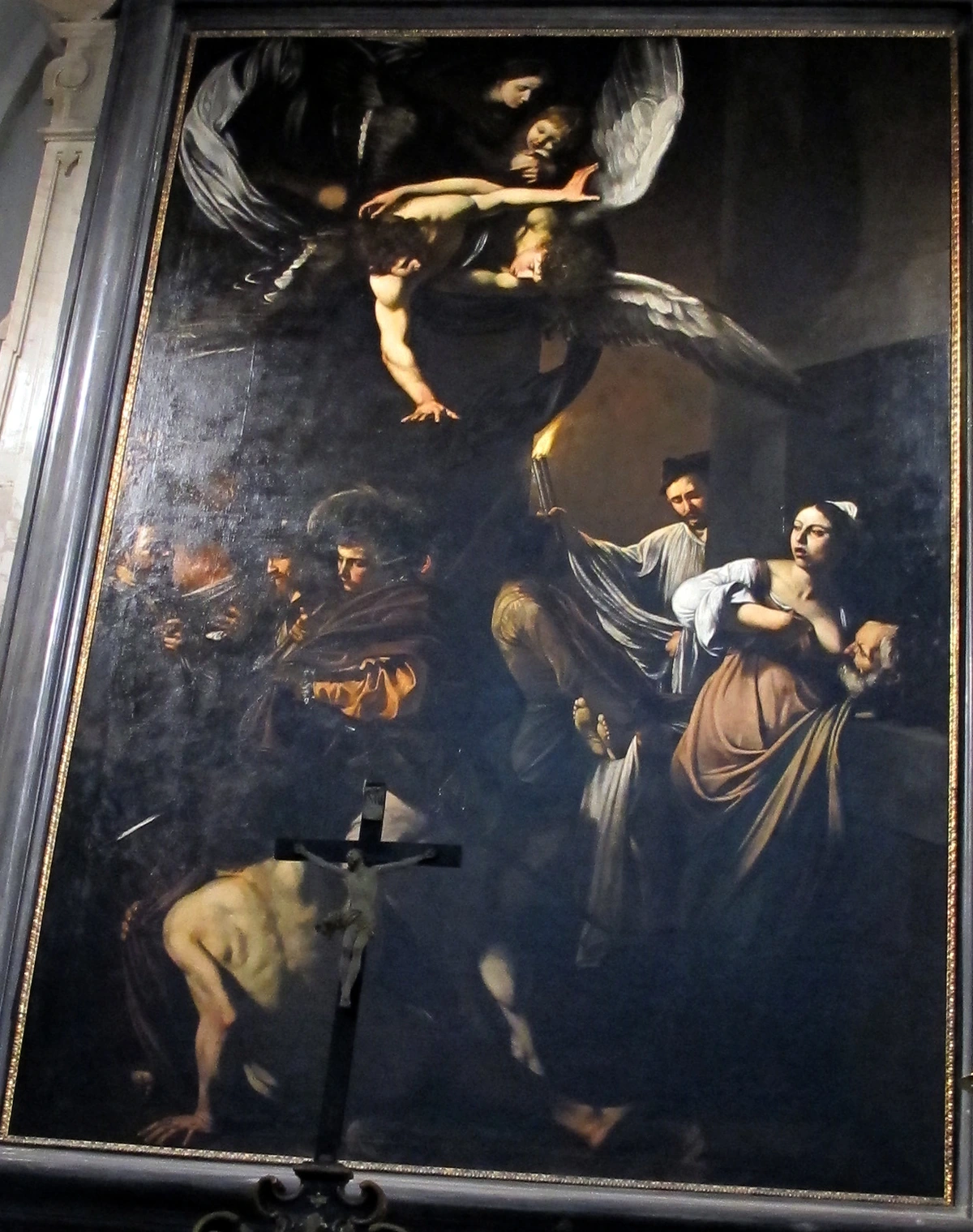
Movement, Narrative, and Brushwork: A Moment Frozen in Time
In stark contrast to the static poses of earlier group portraits—which often resembled stiff military reviews—Rembrandt captures his company in vivid, palpable motion. They are depicted marching, preparing for action, or perhaps celebrating a moment just before or after an important event. The drummer, caught mid-beat with raised hands, contributes to an implied soundscape. The flag-bearer in the upper right dynamically unfurls his banner. Musketeers are shown in various stages of loading or firing their weapons with a palpable sense of urgency – one in red primes his musket, another behind the Captain fires, and a third reloads. This sense of dynamic composition transforms the painting from a mere record into a dramatic event unfolding directly before the viewer's eyes, drawing us deeply into its bustling energy.
Rembrandt's varied brushwork is equally crucial. From the exquisitely rendered details in faces and accessories (consider the intricate lacework or the glint of metal) to the broader, more expressive strokes in clothing and backgrounds, he crafts a rich textural tapestry. His innovative use of impasto—thick applications of paint—in certain areas, such as the luminous yellow uniform of Lieutenant Ruytenburch, further enhances the tactile quality and dynamism of the figures, making them feel tangible and alive. This deliberate choice contributes immensely to the sense of movement and immediacy, telling a story even if the precise narrative remains a subject of academic debate (some interpret it as the company assembling, others as them marching out, or a ceremonial welcome). It powerfully suggests camaraderie, shared purpose, and the unwavering readiness of the civic guard to protect Amsterdam. The way individual actions contribute to the overall flow and tension is a testament to Rembrandt's brilliant understanding of understanding balance in art composition, masterfully employing elements like perspective, and subtle foreshortening and atmospheric perspective to guide our gaze through the organized chaos, making figures appear to recede or jut forward in space with astonishing illusionistic depth. It was truly revolutionary for its time.
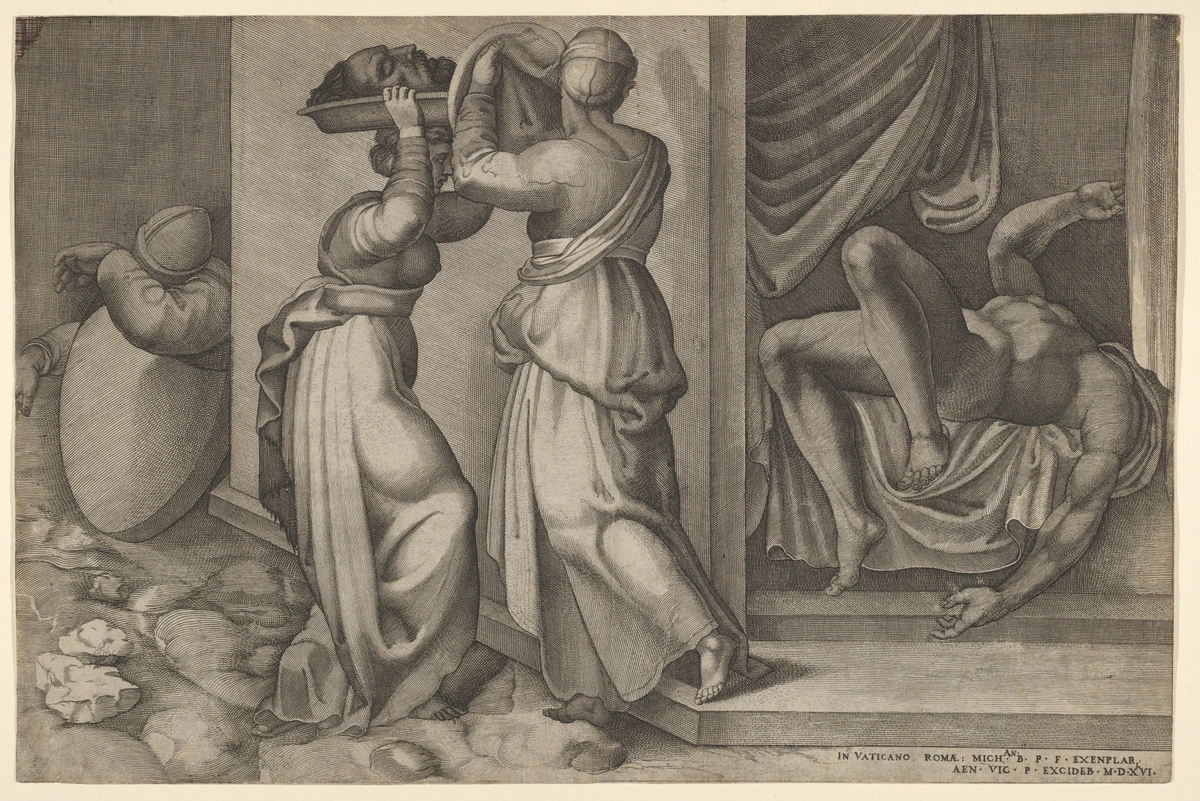
Who Are These People? Decoding the Key Figures and Their Roles
While "The Night Watch" unequivocally celebrates the collective, Rembrandt's genius ensures that individual figures maintain their distinct presence, each contributing significantly to the painting's rich tapestry of meaning and action. Let's examine some of the most prominent:
Figure | Description & Role |
|---|---|
| Captain Frans Banninck Cocq | The dark-clad figure with the striking red sash, gauntlet, and commanding posture, extending his hand. He is the central leader, capturing attention and seemingly giving the order to march. His authoritative gesture sets the dynamic tone for the entire composition. Cocq was a prominent lawyer and former mayor of Amsterdam, underscoring the high social standing and influence of these civic guards. |
| Lieutenant Willem van Ruytenburch | Dressed in a luminous, almost golden yellow uniform, he stands to the Captain's left, mirroring his forward motion. The brilliant light on him emphasizes his youth and importance as a dynamic foil to the Captain's gravitas. He carries a prominent ceremonial pike, further highlighting his rank and role. Van Ruytenburch was also a wealthy merchant, representing the successful and influential merchant class of Amsterdam. |
| The Mysterious Girl | Perhaps one of the most intriguing and debated elements, a small, luminous girl appears in the middle ground, bathed in an almost divine light. She carries a dead chicken with prominent claws, and an arquebus. Her presence is enigmatic, but widely interpreted as an allegorical mascot or a living emblem of the Kloveniers themselves. The distinctive claws of the chicken she carries directly echo the emblem of the Kloveniers—a clawed lion—serving as a clever, symbolic visual link to the militia's name (Kloof meaning 'claw' in Dutch, related to the weapon). Art historian Rudolf Wittkower prominently argued for this symbolic interpretation. Other scholarly theories propose she could represent the spirit of the militia or the city itself—a youthful, vibrant energy amidst serious duty—or even be a symbol of abundance and protection. |
| Drummer | Positioned prominently on the far right, caught mid-beat with raised arms. His active pose emphasizes the painting's sense of movement and sound, contributing to the bustling atmosphere and signaling the start or end of a march or ceremonial assembly. |
| Flag-bearer | Visible in the upper center-right, holding the Kloveniers' company flag aloft. His presence is a strong symbol of civic pride and the militia's collective identity, adding a vertical dynamic to the composition and a sense of forward momentum. |
| Musketeers | Several musketeers are depicted in various stages of loading or firing their weapons. One in red on the left is priming his musket, another behind the Captain is firing, and a third is reloading. These specific, active postures vividly showcase the guard's military function and add to the sense of immediate, unfolding action, demonstrating their readiness and contributing to the painting's overall dynamism. |
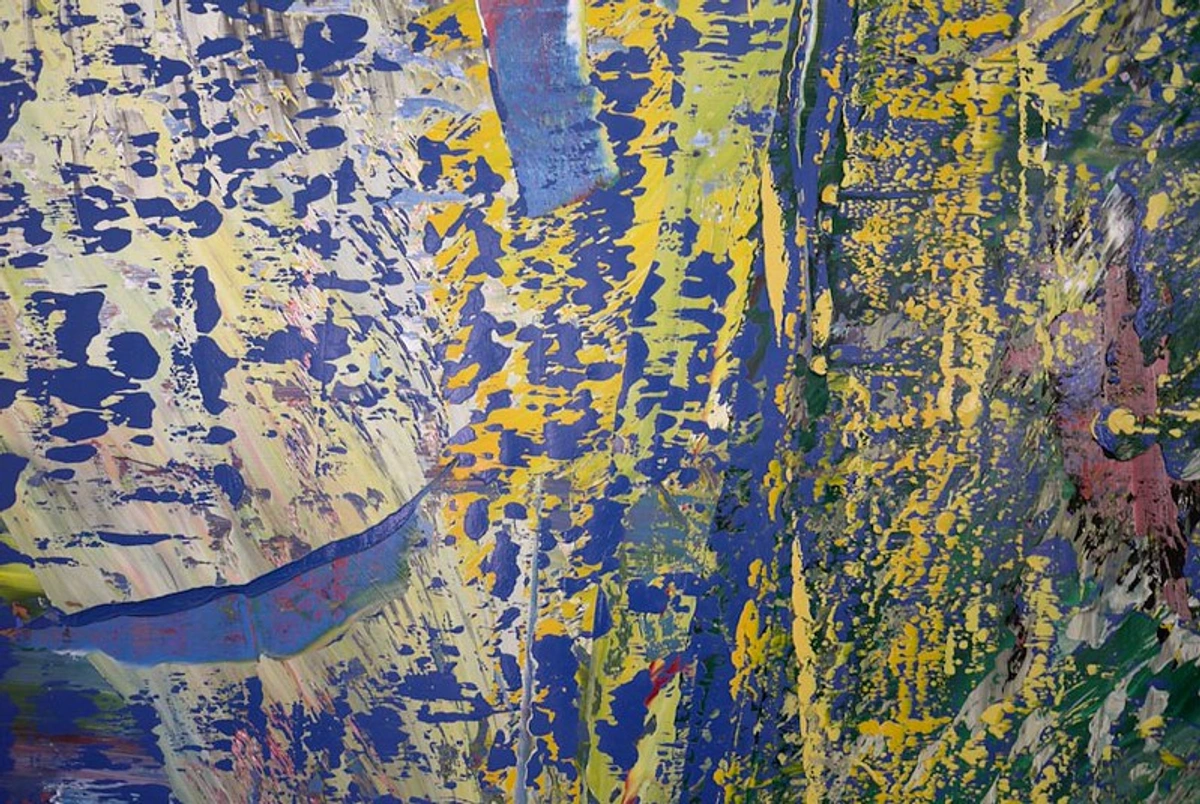
Beyond the Surface: Symbolism, Interpretations, and Reception
Beyond its function as a commissioned portrait of a civic guard company, "The Night Watch" is a profoundly powerful statement about civic pride, collective identity, and the pinnacle of the Dutch Golden Age itself. It stands as a testament to a society that valued communal strength and individual contribution—a concept I find incredibly inspiring in my own work, observing how individual elements coalesce to form a cohesive, impactful whole.
The painting symbolizes the newfound confidence, prosperity, and burgeoning national identity of the Dutch Republic. These civic guards, composed of wealthy citizens rather than professional soldiers, volunteered to protect their thriving city. The artwork, therefore, celebrates their commitment, their unity, and their readiness—a visual embodiment of the spirit of self-governance and communal responsibility that characterized Amsterdam at its zenith. The dynamism, the audacious use of light, and the expressions, individual yet unified, all speak to a society on the ascent, confident and prepared. It is a narrative of collective action and individual heroism, masterfully intertwined. "The Night Watch" thus functions not only as a monument to Amsterdam's civic pride but also as a cherished symbol of Dutch national identity, and importantly, as a precursor to grand history painting, influencing subsequent mythological and historical scenes with its dramatic narrative scope.
A Mixed Reception: Critiques and Evolving Reputation
Despite its undeniable artistic brilliance, "The Night Watch" was not universally lauded upon its initial unveiling. It's fascinating to consider these contemporary reactions, given its later iconic status. Historical accounts suggest that some of the commissioned members reportedly voiced complaints regarding their lack of prominence, feeling they had not received adequate visibility within Rembrandt's dynamic composition, thereby questioning their 'money's worth.' This reaction, while perhaps understandable from a patron's perspective, vividly highlights the radical nature of Rembrandt's artistic choices. He prioritized narrative and dramatic impact over the conventional, static equality typical of group portraits, a bold move that undeniably disrupted prevailing expectations.
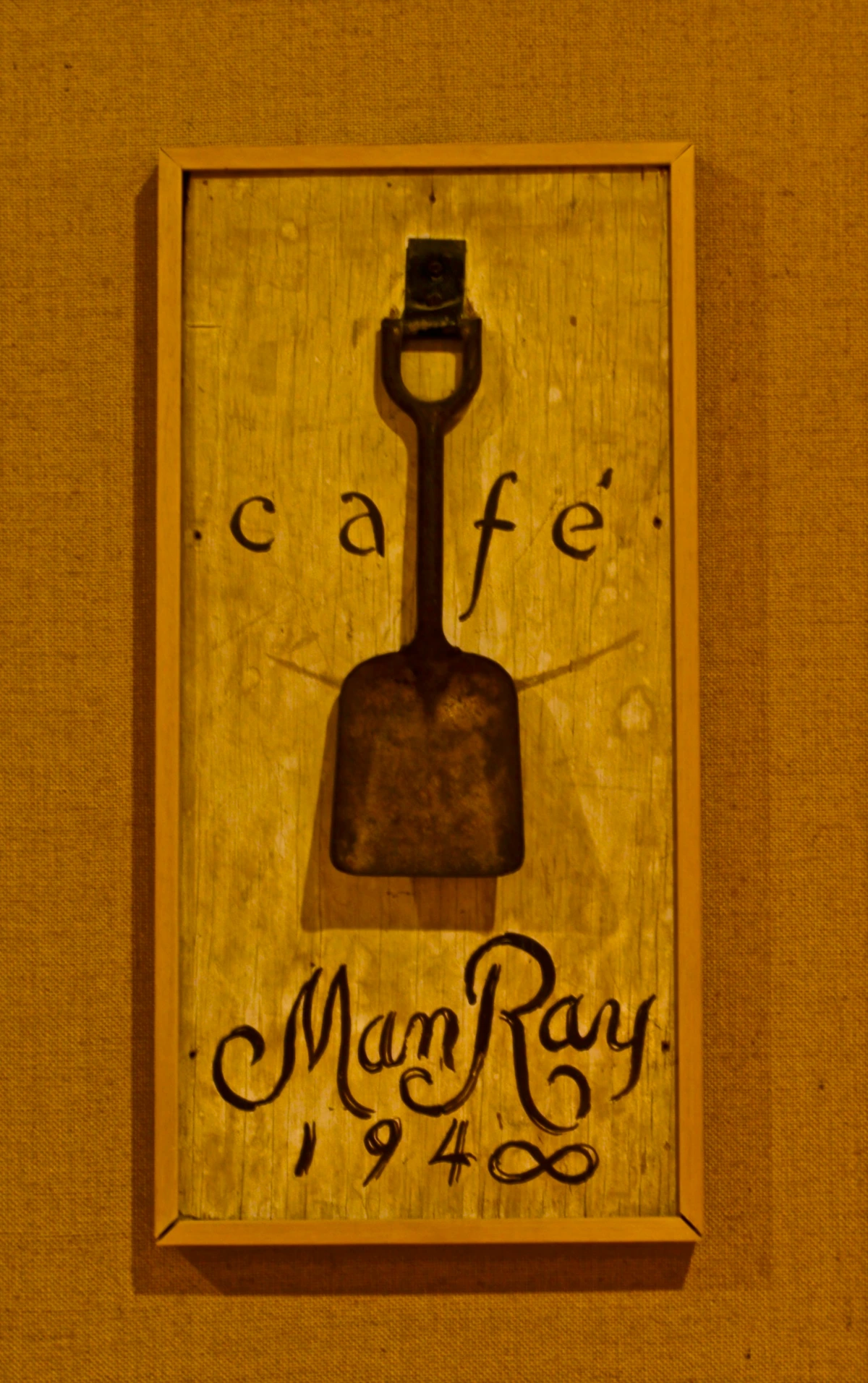
Contemporary critics and fellow artists, accustomed to more orderly and balanced compositions that emphasized clear hierarchies and equal representation, likely found Rembrandt's approach quite disruptive. They anticipated a painting that functioned as a formal roll call, and instead, Rembrandt presented them with a chaotic, bustling scene. While some discerning viewers would have recognized his genius, others may have perceived it as a chaotic departure from established norms, much like how abstract art or movements like Dada challenged conventional beauty and order in later centuries. However, any initial discontent quickly yielded to widespread admiration. Over the centuries, "The Night Watch" cemented its status as an unparalleled masterpiece, profoundly influencing countless artists across various movements—from the dramatic flair of the Baroque to the psychological depth sought by Romantics—and becoming a quintessential symbol of Dutch artistic achievement. Its reputation evolved from a challenging anomaly to a cornerstone of art history, a powerful testament to Rembrandt's audacious vision and unparalleled skill. It remains a potent reminder that truly groundbreaking art often requires time for its full appreciation.

The Physical Journey: Deterioration, Damage, and Restoration
Beyond its immense artistic and historical significance, the physical life of "The Night Watch" recounts its own dramatic narrative. Like many ancient masterpieces, it has endured the ravages of time, environmental factors, and even deliberate attacks. Each mark, each layer of varnish, and every scar on the canvas silently whispers of its long and arduous journey. It serves as a poignant reminder of the inherent fragility of art, and how every piece, even one as monumental as this, exists in a constant battle against entropy—a consideration I often contemplate even with my own contemporary pieces, pondering their longevity and the stories they will inevitably tell over time.
The Controversial Trimming of 1715: A Mutilation of a Masterpiece
One of the most significant and regrettable events in the painting's physical history occurred in 1715. When "The Night Watch" was relocated from the Kloveniersdoelen to its new home in the Amsterdam City Hall, it was discovered to be too large for its designated spot between two doors. In a decision that many art historians lament as an act of mutilation, approximately 60 centimeters (2 feet) were brutally cut from its left side, permanently removing two guardsmen and a child who were originally part of the scene, subtly interacting with the main group. Smaller strips were also removed from the top, bottom, and right, altering both its height and width. This trimming drastically distorted the original composition, which was conceived closer to a square aspect ratio, severely impacting the painting's intended sense of space, movement, and the subtle interactions between figures, particularly those on the far left who were entirely lost. While copies made before 1715 (most notably by Gerrit Lundens) provide us with invaluable insight into what was lost, this event stands as a stark reminder of how practical considerations can, regrettably, brutally override artistic integrity.

The Ravages of Time and Deliberate Attacks: A Battle for Preservation
For centuries, the painting accumulated layers of dirt and darkened varnish, which significantly contributed to its misleading "Night Watch" moniker. It was only through extensive cleanings in the 20th century that its original vibrant, daylight palette was truly revealed, along with subtle tonal gradations and the full extent of Rembrandt’s luminous effects. This monumental cleaning fundamentally reshaped our understanding of Rembrandt's initial intent and the painting's true character, transforming its perception from a dark "night" scene to a lively "daytime" scene. Unfortunately, its public prominence has also rendered it a target for destructive acts. "The Night Watch" has endured multiple acts of vandalism, including knife attacks in 1911 and 1975, and an acid spray in 1990, each necessitating painstaking restoration efforts by the Rijksmuseum's dedicated conservators. These ongoing efforts are not merely about repair; they represent a vigilant commitment to preserving a shared cultural heritage for future generations, ensuring our continuous dialogue with this magnificent work across centuries. The meticulous process involves microscopic examination, advanced chemical analysis, and delicate manual work, all focused on ensuring the painting's longevity while respecting its historical integrity. It is an unending battle, yet one that is absolutely vital for the survival of such a global treasure.

The Enduring Legacy and Popular Culture
Standing before "The Night Watch," I am continually reminded of art's profound ability to transcend its original purpose. It is a historical document, a technical marvel, and, above all, a profound statement about humanity, community, and the power of a singular artist's vision to reshape how we perceive the world. It continues to inspire, to provoke thought, and to underscore the incredible richness of the timeline of human creativity, establishing itself as a timeless masterpiece in the history of all art styles.

Its iconic status extends far beyond museum walls, deeply embedded in our collective consciousness. "The Night Watch" has permeated popular culture in countless ways, appearing in films, literature, and inspiring contemporary artists. For instance, its dramatic lighting and bustling composition have influenced cinematography, particularly in scenes requiring a sense of historical gravitas or dynamic crowd movement. Similarly, photographic staging often draws inspiration from its masterful arrangement of figures and use of chiaroscuro. Literary references abound, from Dutch authors to international novels. Artists, from Salvador Dalí, whose surrealist interpretation The Hallucinogenic Toreador incorporates multiple iterations of "The Night Watch," to contemporary figures like Banksy or those exploring abstract expressionism, continue to engage with its monumental presence. Its composition has been parodied, celebrated, and reinterpreted, unequivocally demonstrating its deep imprint on our collective consciousness. This enduring presence, spanning centuries, speaks volumes about its universal appeal and the timeless power of Rembrandt's artistic genius.

As an artist, I consistently find myself connecting the layers, the depth, and the intricate narrative of a grand artwork like "The Night Watch" to my own creative process. Just as Rembrandt built layers of meaning and movement, skillfully using light and shadow to guide the eye and evoke profound emotion, I aim to evoke similar complexity and emotional resonance in my contemporary art with color and texture. I aspire for viewers to experience that same sense of an unfolding narrative, of dynamism, and a subtle interplay of elements, much like the experience of standing before "The Night Watch." This connection is not merely academic; it is the very pulse of creation, fueling the hope that my art can evoke a similar sense of wonder and meaning for those who buy it. Visiting cultural institutions like the den-bosch-museum often sparks these connections, reminding me of the continuity and evolution of artistic expression across time.
Frequently Asked Questions About The Night Watch
Here are some of the most common questions people ask about this iconic painting:
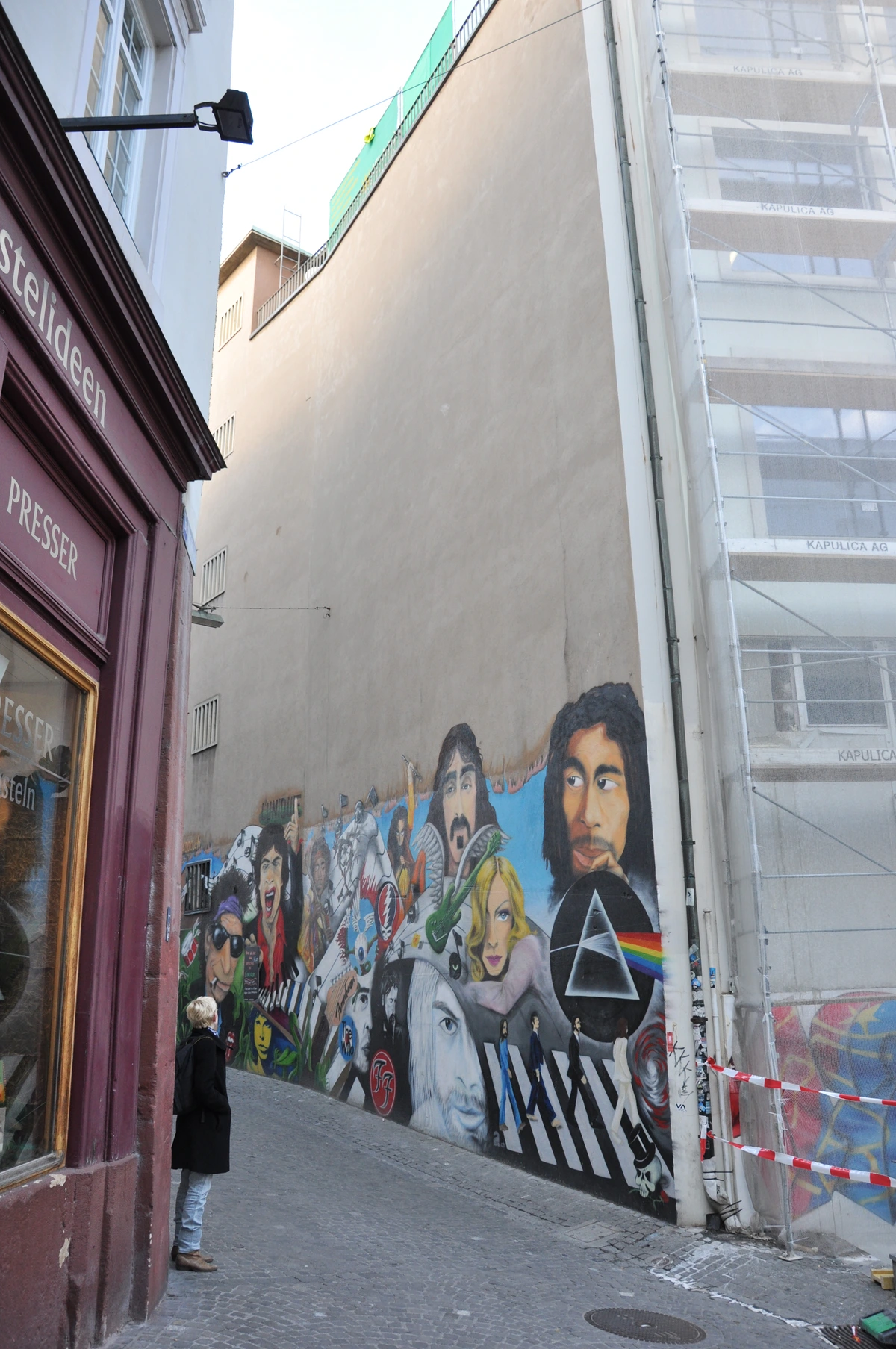
What is the main message of The Night Watch?
The main message of "The Night Watch" is a powerful celebration of civic pride, communal responsibility, collective action, and the unwavering readiness of Amsterdam's civic guard (the Kloveniers) to protect their thriving city. Rembrandt masterfully showcases individual members within a dynamic, unified group, symbolizing the strength, prosperity, and self-governance of the Dutch Republic during its Golden Age. It's a profound statement of collective identity and purpose, demonstrating the city's vitality and the citizens' commitment to its defense, which also contributed to a growing sense of Dutch national identity.
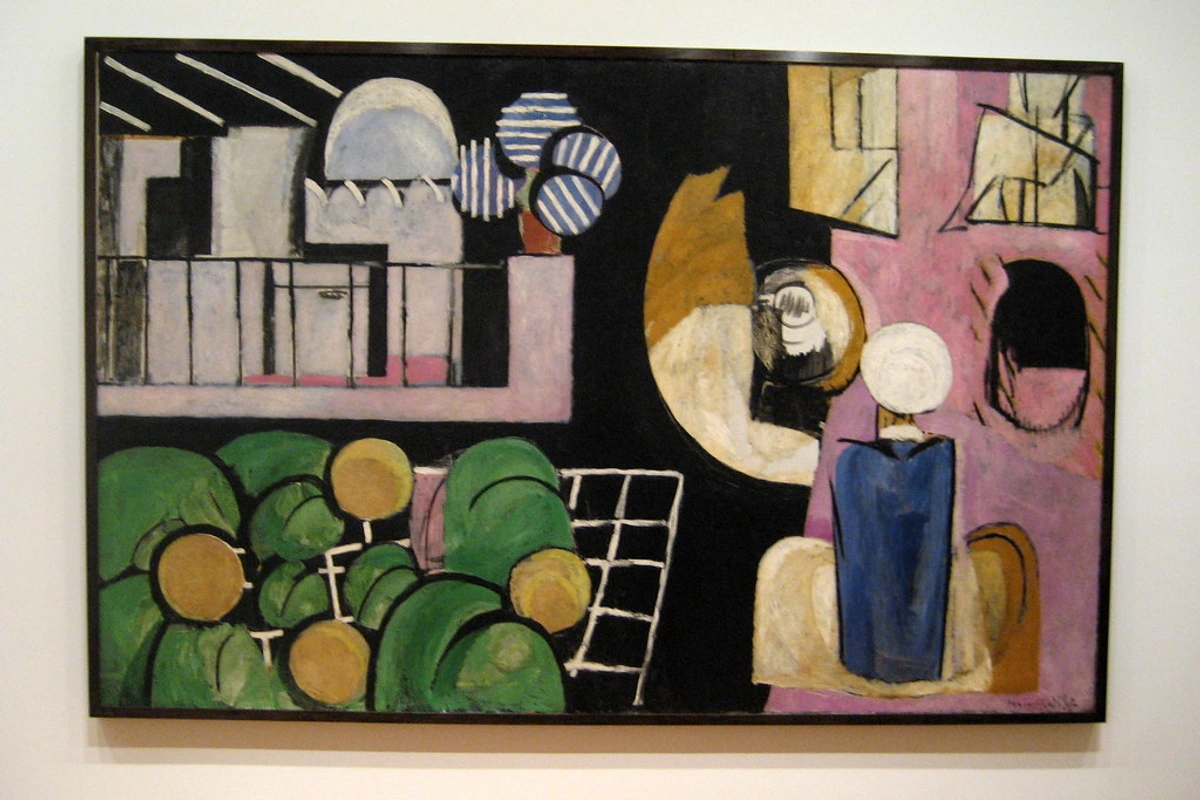
What is the story behind The Night Watch?
"The Night Watch" was commissioned in 1642 by Captain Frans Banninck Cocq and 17 members of his civic militia company, the Kloveniers. Rather than a traditional, static group portrait showing individuals simply lined up, Rembrandt took a revolutionary approach, depicting the entire company in action – seemingly preparing to march out, assemble for duty, or react to a sudden event. This innovative artistic choice transformed a standard commission into a dramatic narrative painting, capturing a specific, bustling moment of preparation and collective purpose, making it a groundbreaking work in the history of portraiture. The exact nature of the "event" depicted is a subject of academic debate, but it is generally understood as a dramatic interpretation of a civic guard's duties, not a specific historical incident.
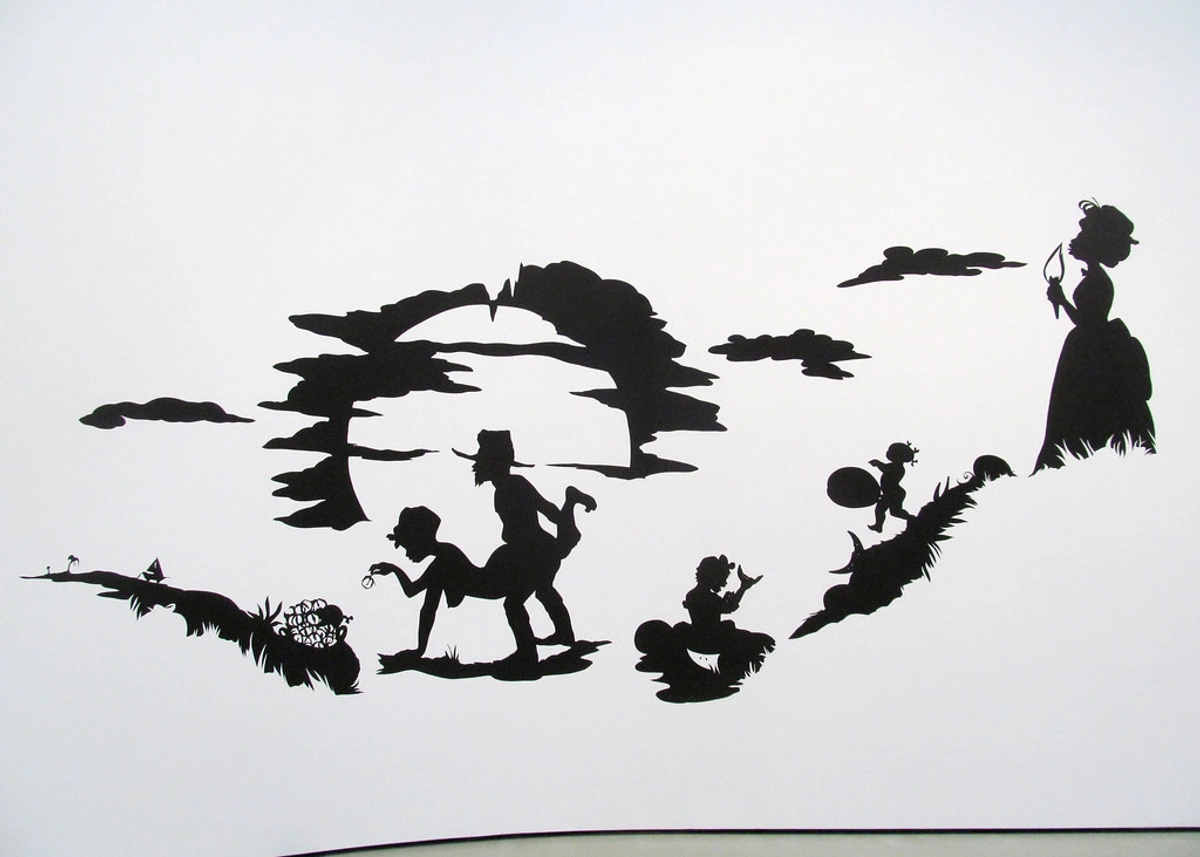
Why is The Night Watch so famous?
"The Night Watch" is famous for a multitude of reasons: its immense size, Rembrandt's revolutionary use of light and shadow (chiaroscuro) and intensified tenebrism to create unparalleled drama and focus, its dynamic composition that captures a group in vivid motion rather than static poses, and its profound departure from conventional group portraiture. It challenged the artistic norms of its time and is considered a pivotal masterpiece of the Dutch Golden Age and a highlight of global art history, influencing countless artists throughout the centuries. Its ability to convey a sense of a living moment, combined with its powerful symbolism of civic duty and national pride, contributes immensely to its enduring fame.
What techniques did Rembrandt use in The Night Watch?
Rembrandt employed several masterful techniques in "The Night Watch." He is renowned for his innovative use of chiaroscuro to create stark contrasts between light and dark, powerfully drawing attention to key figures and creating depth. He also utilized tenebrism, a heightened form of chiaroscuro, for dramatic effect, plunging much of the background into deep shadow to make the foreground pop. His brushwork is incredibly varied, ranging from fine detail in faces and accessories to broad, expressive strokes in clothing and backgrounds, all contributing to the painting's rich texture and palpable sense of movement. His innovative use of impasto adds tactile quality and dynamism. His unique approach to perspective in art also gives the painting a theatrical, immersive depth, making the viewer feel part of the scene. The subtle use of foreshortening further enhances this illusion of three-dimensional space and dynamic action, making figures appear to leap out at the viewer or recede naturally into the composition, and he incorporated atmospheric perspective to create a profound sense of depth in the background.

Where can I see The Night Watch?
"The Night Watch" is permanently housed and displayed in a dedicated gallery within the Rijksmuseum in Amsterdam, Netherlands. It is one of the museum's most celebrated and iconic exhibits and attracts millions of visitors annually from across the globe. A visit to the Rijksmuseum is truly an unparalleled opportunity to experience this masterpiece firsthand.
How large is The Night Watch?
"The Night Watch" is impressively large, currently measuring approximately 3.79 meters (12 feet 4 inches) in height and 4.53 meters (14 feet 10 inches) in width. This colossal scale contributes significantly to its immersive and commanding presence, making it a truly overwhelming experience when viewed in person. Its size was actually even larger originally, but parts were regrettably trimmed off in 1715 when it was moved to Amsterdam's City Hall, a decision that many art historians lament today as it altered the original composition (which was closer to a square aspect ratio) and removed key figures (two guardsmen and a child) from the scene's left side.
What is the significance of the specific date 1642?
The year 1642 holds specific significance as it marks the completion of "The Night Watch" during the zenith of the Dutch Golden Age. This date places the painting firmly within a period of unparalleled prosperity, cultural flourishing, and the rise of the Dutch Republic's global influence. The commission by the civic guard in this era underscores their pivotal role in maintaining civic order and security during a time of immense growth and collective achievement, making 1642 not just a creation date, but a historical anchor for the painting's themes of civic pride and national identity.
What is the original name of The Night Watch?
"The Night Watch" is a popular, later nickname that emerged when the painting had darkened significantly due to layers of grime and varnish. Its original, more formal title, likely given by Rembrandt or the company, would have been descriptive of the specific group portrayed, such as Militia Company of District II under the Command of Captain Frans Banninck Cocq. This longer, more formal title accurately reflects its genre as a civic guard portrait and the nature of its commission.
Were there any other famous paintings commissioned by civic guards?
Yes, group portraits of civic guards were a popular and prestigious genre in the Dutch Golden Age. Many prominent artists received such commissions, including Frans Hals (e.g., Officers of the St. George Militia Company, 1639), Bartholomeus van der Helst (e.g., Celebration of the Peace of Münster, 1648), and other contemporaries of Rembrandt. While numerous examples exist, Rembrandt's "The Night Watch" stands out dramatically due to its revolutionary dynamism, theatrical lighting, and narrative complexity, which set it apart from the more conventional, static arrangements typically seen in other civic guard portraits of the era.
How has The Night Watch been used symbolically throughout history?
"The Night Watch" has been used symbolically in several significant ways. Initially, it symbolized the civic pride, wealth, and military readiness of Amsterdam's citizens during the Golden Age. Over time, it evolved into a powerful emblem of Dutch national identity, representing the nation's artistic prowess, spirit of independence, and collective achievement. In the modern era, it serves as a potent symbol of cultural heritage and artistic genius, inspiring countless artists, writers, and filmmakers, and representing the enduring value of art that challenges conventions and speaks to universal human experiences of community and purpose.

My Final Thoughts: A Conversation Across Centuries
When I contemplate "The Night Watch," I am consistently struck by its remarkable ability to engage the viewer, prompting deep reflection. For me, it transcends the definition of an "old painting"; it represents a living, breathing conversation across centuries. It's a dialogue with Rembrandt about his sheer genius, with the civic guards about their dedication to civic duty and collective identity, and, most importantly, with ourselves about what it truly means to be part of something larger than oneself. This masterpiece does not merely define an era; it continues to resonate with a vibrant energy and profound artistry that compels us to look deeper, to discern the narratives woven within its layers. It stands as a timeless testament to human creativity and the enduring power of art to both reflect and shape our world. Its sustained impact reinforces my conviction that even amidst the abstract forms and vibrant colors of contemporary art, the fundamental human desire for connection, meaning, and a sense of shared purpose remains the heart of all truly great artistic endeavors. It is my sincere hope that this comprehensive exploration has served as your authoritative guide, encouraging you to engage with this masterpiece in a way that feels profoundly personal and enriching. After all, isn't that the ultimate aspiration of exceptional art?






